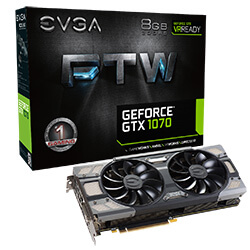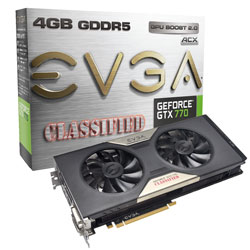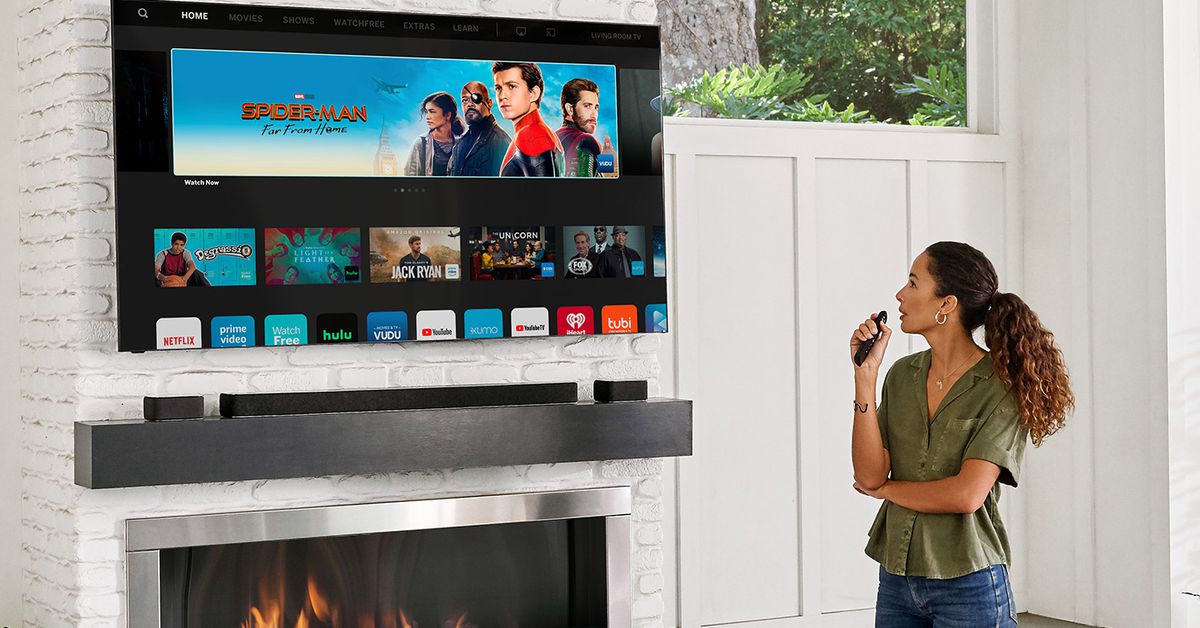When AMD themselves try to tell us through their marketing that 4GB isn't enougn anymore even at 1080P for today's games, think what is incoming after 1-2 years when the console games will be heavier in HW requirments than everything we have ever seen. History repeats 1-2 years after a new console gen arrives. Simple logic me thinks.
4GB is not 6GB and also not 8GB, last I checked.
Its easy to escalate to 16GB while we're at it, but then even you would say 'yeah, that ain't gonna happen anytime soon'... So where is this artificial barrier exactly, between good aging cards and bad ones?
Note, I'm a VRAM capacity advocate as I've always been. Skimping on it is not a good idea if you want cards to last and in that we agree, I think. But as I pointed out before, supported by evidence of the past generations, is that we've had our major surge in VRAM capacity upgrades the past few generations and it won't last - if it did, next gen would cap out at 16GB - the number I know you know is ridiculous to begin with for the foreseeable future. Its also not like the new consoles will push native 4K into your face, while PC resolutions are actually capable of doing so - and the
best cards doing that cap out at 11GB, for two gens in a row now.
The discussion between 6 and 8 GB is really a non discussion. When its about 3 or 4 versus 6, absolutely correct, you want 6 even if it costs more. But if your res is 1080p, 6GB will last you the lifetime of the card in a 2060's case - or a 1060, or even a 980ti - a card that is STILL relevant with 6GB whereas a Fury X is not, despite similar release quarters.
This whole topic multiple people have stressed that exact difference in multiple ways. If you want to believe 8GB is necessary then by all means believe it, but between the two cards on show here its a complete and utter non issue. 5700/5700XT is obsolete more so than a 2060 even for just lacking any RT capability. Especially because the very console gen that might utilize 8GB at some point... will actually utilize it along with RT which the 8GB card doesn't have.
Show me the logic in that madness because I don't see it - Realistic AMD Marketing would tell you that along with >4GB you would need an RT capable card to be any sort of future proof to begin with... but guess what... And on top of that, lets not even begin to mention the overall DirectX12 feature level capability gap. Navi is simply lacking features all over the place, and those gaps influence longevity in a much bigger way than a few % of raw perf.
No problem at all. I am sure others who watch the thread to get useful info will understand what I proved with the screenshots and videos in my previous post (DX12 and Vulkan games need more VRAM on the same settings and resolution. And almost all AAA games made for both next-gen consoles and PC will make use of those APIs and will require more VRAM than most games today).
You might be surprised to find that game developers optimize around the mainstream spec and not the high end spec. If the vast majority of cards is 4-6GB, you will find drivers and engines optimized around that number. Which is the actual case as it has been. Its not really happening within the next few years that 8GB is a norm. With the decent sales of 2060's and 1660's, and 1060's before it you can rest assured the norm will linger around 6GB for quite some time and if you have to cut back, it won't be on 1080p but on substantially higher resolutions and bigger feature sets (such as RT). That is exactly why generally a 3GB card is no longer recommended and a 4GB is sub optimal unless its bottom mid range.
Also of note is that consoles generally utilize more VRAM because they can offload resource requirements that way. PC games borrow that tech but they don't really need it as multiple levels of volatile storage are available in usually bigger capacity and with much lower latencies. It was only by the END of the PS4/X1 era that 6GB became mainstream, as in last year, but the console had access to it for many years. The new gen will bring some parity in that sense because an SSD is going to become a big thing as its used as some form of system RAM albeit very slow, a bit like RAMdisk.









